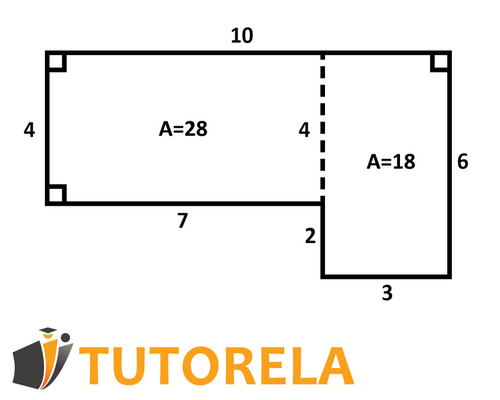A polygon defines a geometric shape that is made up of sides. In other words, under the umbrella of polygons fall the following square, rectangle, parallelogram, trapezoid, and many more.
Area of Rectangle Practice Problems and Polygon Areas
Master rectangle area calculations and polygon area problems with step-by-step practice. Learn formulas, solve complex shapes, and build confidence in geometry.
- Calculate rectangle areas using the width × length formula
- Solve complex polygon area problems by dividing shapes into rectangles
- Apply the completion method to find areas of irregular polygons
- Master triangle, parallelogram, and trapezoid area calculations
- Combine multiple polygon areas to solve composite shape problems
- Use proper units and measurements in area calculations
Understanding Areas of Polygons for 7th Grade
Areas of Polygons
Polygon Definition
For example, a triangle has 3 sides, every quadrilateral has 4 sides, and so on.
We have already learned to calculate the areas of standard polygons. There are also non-standard polygons, for which there is no specific formula. However, their area of complex shapes can be calculated using two methods:
- We can divide the area of the required polygon into several areas of polygons that we are familiar with, calculate the areas separately, and then add them together to obtain the final area.
- We can try to "complete" the area of the required polygon into another polygon whose area we know how to calculate, and the proceed to subtract the area we added. This way, we can obtain the area of the original polygon.
Example
Let's demonstrate this using a simple exercise:

Here is a drawing of a polygon.
We need to calculate its area. From the start, we can see that this is not a standard polygon, so we will use the first method to calculate its area. We will divide the polygon as shown in the drawing, and we should obtain two rectangles.
According to the data shown in the drawing, in the rectangle on the right side we obtain the side lengths of 3 and 6, therefore the area of the rectangle will be 18 (multiplication of the two values). In the rectangle on the left side we obtain the side lengths of 4 and 7, therefore the area of the rectangle will be 28 (multiplication of the two values). Thus, the total area of the polygon will be the sum of the two areas we calculated separately, meaning, 18+28=46.
Practice Areas of Polygons for 7th Grade
Look at rectangle ABCD below.
Side AB is 10 cm long and side BC is 2.5 cm long.
What is the area of the rectangle?
Examples with solutions for Areas of Polygons for 7th Grade
Calculate the area of the trapezoid.
We use the formula (base+base) multiplied by the height and divided by 2.
Note that we are only provided with one base and it is not possible to determine the size of the other base.
Therefore, the area cannot be calculated.
Answer:
Cannot be calculated.
Calculate the area of the trapezoid.
To find the area of the trapezoid, we would ideally use the formula:
where and are the lengths of the two parallel sides and is the height. However, the given information is incomplete for these purposes.
The numbers provided (, , , and ) do not clearly designate which are the bases and what is the height. Without this information, the dimensions cannot be definitively identified, making it impossible to calculate the area accurately.
Thus, the problem, based on the given diagram and information, cannot be solved for the area of the trapezoid.
Therefore, the correct answer is: It cannot be calculated.
Answer:
It cannot be calculated.
Complete the sentence:
To find the area of a right triangle, one must multiply ________________ by each other and divide by 2.
To solve this problem, begin by identifying the elements involved in calculating the area of a right triangle. In a right triangle, the two sides that form the right angle are known as the legs. These legs act as the base and height of the triangle.
The formula for the area of a triangle is given by:
In the case of a right triangle, the base and height are the two legs. Therefore, the process of finding the area involves multiplying the lengths of the two legs together and then dividing the product by 2.
Based on this analysis, the correct way to complete the sentence in the problem is:
To find the area of a right triangle, one must multiply the two legs by each other and divide by 2.
Answer:
the two legs
Given the following rectangle:
Find the area of the rectangle.
We will use the formula to calculate the area of a rectangle: length times width
Answer:
54
Given the following rectangle:
Find the area of the rectangle.
Let's calculate the area of the rectangle by multiplying the length by the width:
Answer:
32